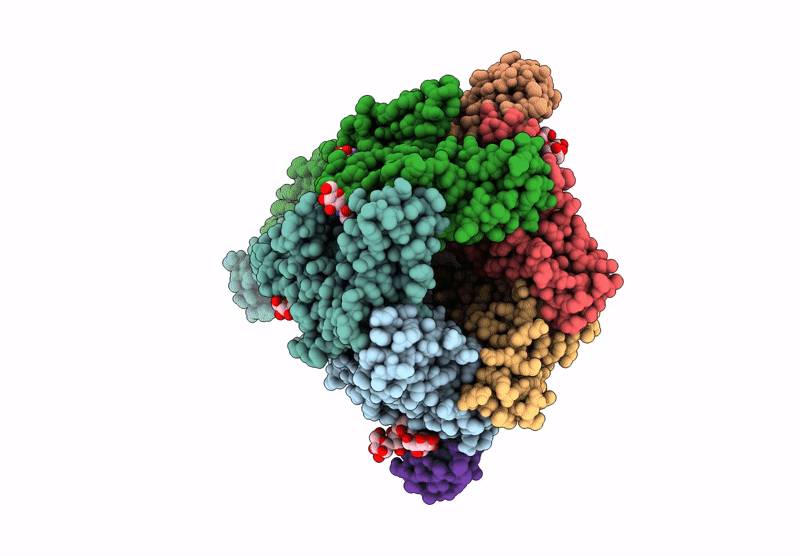
Deposition Date
2022-02-24
Release Date
2022-08-17
Last Version Date
2024-11-06
Entry Detail
PDB ID:
7Z14
Keywords:
Title:
Cryo-EM structure of Torpedo nicotinic acetylcholine receptor in complex with a short-chain neurotoxin.
Biological Source:
Source Organism:
synthetic construct (Taxon ID: 32630)
Tetronarce californica (Taxon ID: 7787)
Tetronarce californica (Taxon ID: 7787)
Host Organism:
Method Details:
Experimental Method:
Resolution:
3.15 Å
Aggregation State:
PARTICLE
Reconstruction Method:
SINGLE PARTICLE


